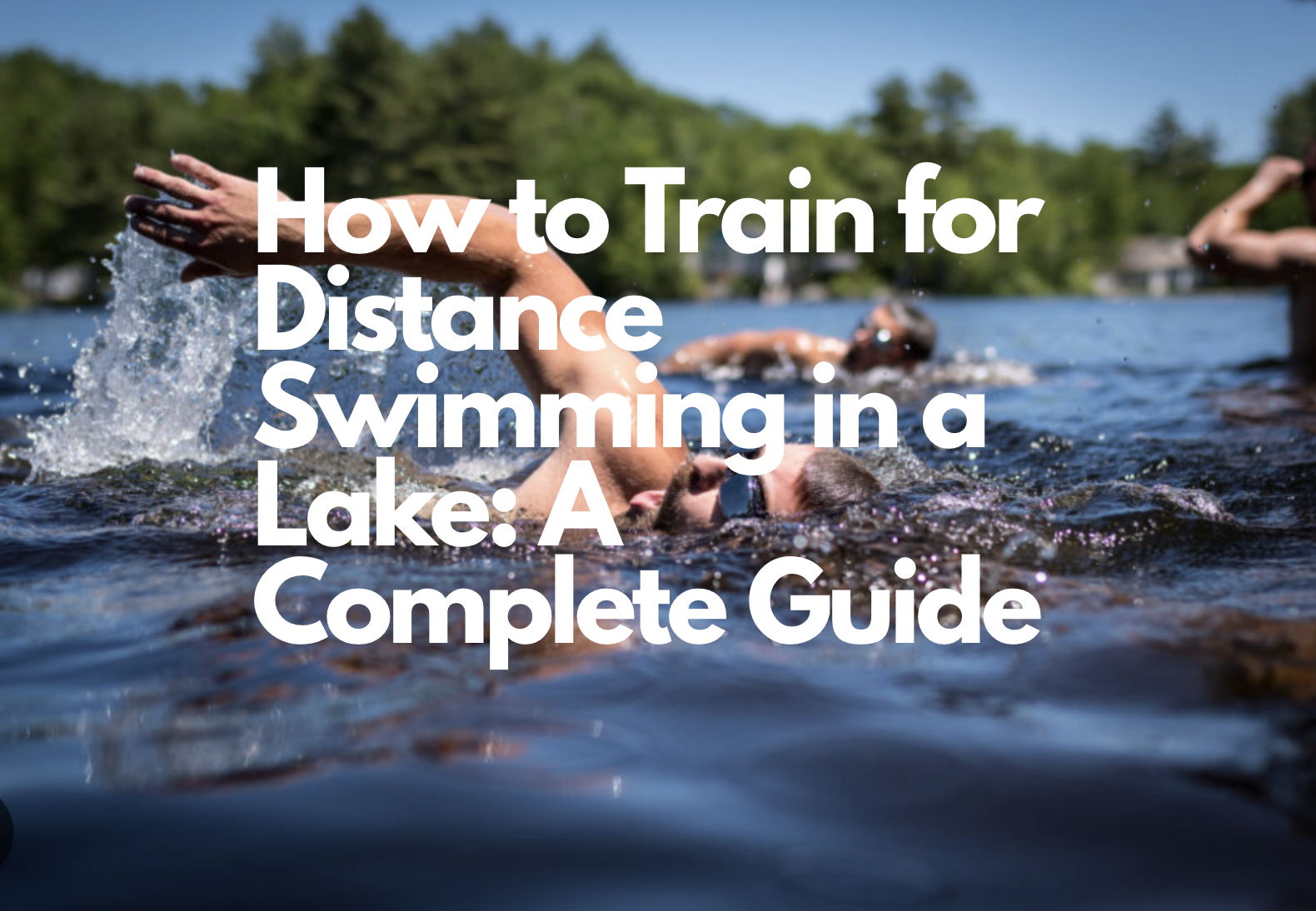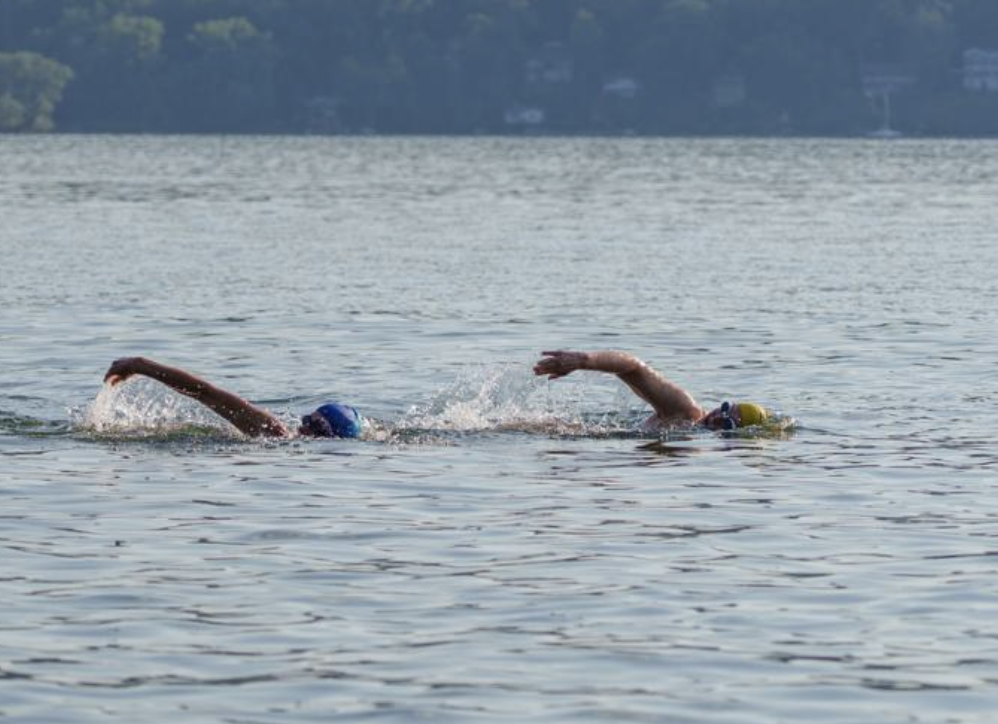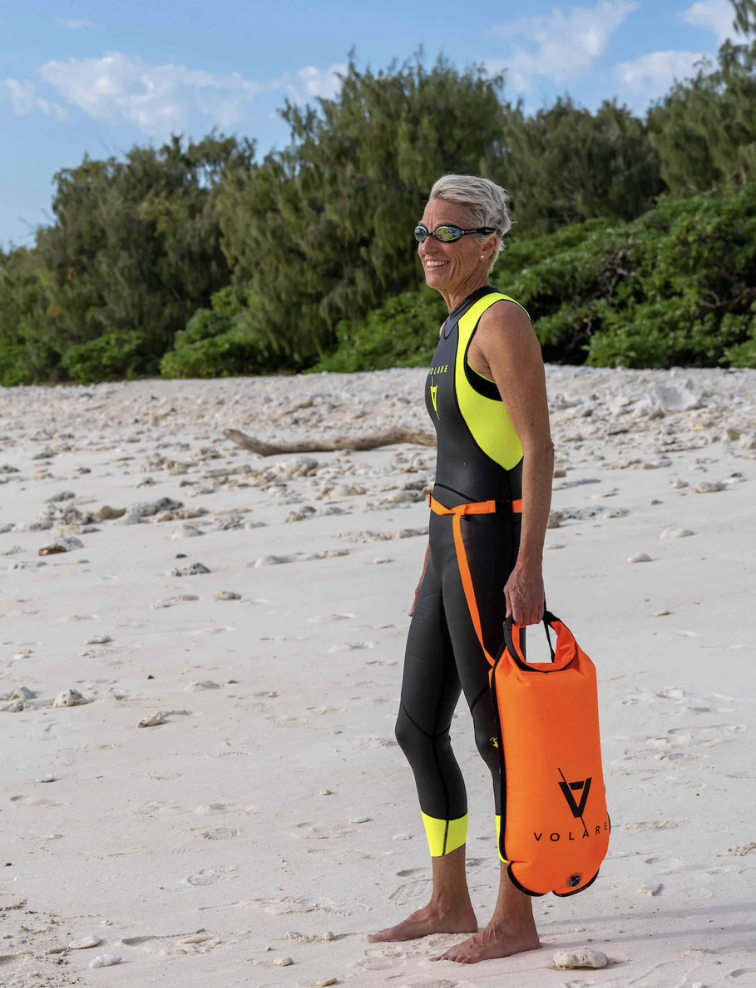
There’s something undeniably freeing about swimming long distances in open water on your lake. No black lines on the pool floor. No chlorine sting in your nose. Just you, the rhythm of your stroke, and the endless expanse of natural water. Whether you’re training for a triathlon, preparing for a long-distance open-water swim event, or simply want to challenge yourself, distance swimming in a lake is both physically rewarding and mentally restorative.
But training in a lake comes with unique challenges and opportunities. Unlike pool swimming, you’ll contend with wind, waves, water temperature, currents, and even wildlife. Here’s how to properly prepare for lake-based distance swimming to build endurance, improve technique, and stay safe while achieving your open-water goals.

Build Your Base in the Pool First
Before you plunge into lake training, establish a strong swimming base in the pool. The controlled environment allows you to focus on form, breathing, and pacing without external distractions.
Key pool workouts for distance swimmers:
- Endurance sets: Build aerobic capacity with steady swims of 800, 1,000, or even 1,500 meters. Aim to swim at a consistent pace.
- Interval training: Mix in sets like 10 x 100 meters or 5 x 200 meters with short rest to improve cardiovascular fitness and speed.
- Drills for technique: Work on bilateral breathing, high elbows, and body roll to optimize your efficiency.
- Hypoxic training: Practice breath control by doing sets with limited breathing, which helps prepare for the occasional choppy breath in open water.
Once you’re comfortably swimming at least 2,000 to 3,000 meters per session in the pool, you’re ready to bring your training to the lake.
Acclimate to Open Water Conditions
Transitioning to lake swimming means adapting to a new set of sensory experiences and physical demands.
What to focus on when training in a lake:
- Temperature tolerance: Lakes are often colder than pools, especially early in the season. Gradually increase your time in the water to acclimate. A wetsuit can help regulate body temperature and also increase buoyancy.
- Sighting: Unlike pool swimming, you’ll need to look up periodically to stay on course. Practice lifting your head during your stroke to sight landmarks like buoys, docks, or treetops without breaking your rhythm.
- Dealing with chop and current: Swim on windy days to experience mild waves. Learn how to maintain your form and breathing pattern when the water is less than calm.
- No walls or rest breaks: Without a wall to push off every 25 yards, you’ll develop true endurance. Practice swimming continuously for longer intervals.

Plan Smart Lake Workouts
Lake training doesn’t mean just jumping in and swimming until you’re tired. Structure is just as important in open water.
Try these open-water training ideas:
- Out-and-back swims: Pick a visible landmark, swim out for a set time (e.g., 10 minutes), then return at a slightly faster pace.
- Loop courses: Use buoys, docks, or natural points to create a loop. Swim laps to build distance while practicing turns.
- Tempo swims: After warming up, swim at race pace for 10-20 minutes to improve your speed endurance.
- Group swims: Train with others to simulate race dynamics, including drafting and navigating around swimmers.
Bring a waterproof GPS watch if possible to track your distance and pace in real-time.
Work on Mental Toughness
Distance lake swimming is as much a mental game as it is physical. There’s no music, no spectators, and no bottom to look at for long stretches. You’re alone with your thoughts and the water.
Ways to build mental endurance:
- Set small goals: Break long swims into segments. Focus on reaching the next buoy, tree, or time interval.
- Visualize success: Imagine yourself swimming strong, sighting accurately, and finishing your distance with confidence.
- Train in varied conditions: Swim in the rain, in choppy water, or when you’re a little tired (as long as it’s safe). This mimics race-day unpredictability.
- Mantras: Repeat positive affirmations like “strong and steady” or “one stroke at a time” to stay focused when fatigue sets in.
Prioritize Safety at All Times
Safety should never take a backseat in open-water training. Even experienced swimmers are vulnerable in uncontrolled environments.
Essential safety tips:
- Never swim alone. Always swim with a buddy or in a group. If you’re solo, have someone monitor you from a kayak, SUP, or shoreline.
- Use a swim buoy. A bright-colored tow float increases visibility to boaters and provides flotation in case of cramps or fatigue.
- Check the water conditions. Avoid swimming during thunderstorms, in areas with high boat traffic, or where water quality is questionable.
- Know the wildlife. Most lake creatures are harmless, but be aware of seasonal issues like snapping turtles, aggressive fish, or leeches.
- Hydrate and fuel. Long-distance swimming burns serious calories. Take in fluids and light nutrition if swimming over an hour.

Cross-Train and Recover
Endurance swimmers benefit from cross-training to improve overall fitness and avoid overuse injuries.
Helpful cross-training activities:
- Strength training: Focus on shoulders, core, and glutes to power your stroke and maintain alignment.
- Yoga or mobility work: Increases flexibility and reduces injury risk.
- Cardio like running or cycling: Boosts aerobic endurance without the stress of repetitive swim strokes.
Equally important is recovery—get adequate sleep, stretch after swims, and don’t overtrain. Listen to your body and take rest days when needed.
Gear Up for Success
Open-water training doesn’t require much, but a few key pieces of gear make a big difference.
Must-have items:
- Wetsuit (if training in cold water)
- Swim cap (brightly colored for visibility)
- Goggles with UV protection
- Swim buoy for safety and visibility
- Waterproof GPS watch or tracker
- Flip-flops, towel, and water bottle for post-swim
Test your gear during training—not on race day.
Final Thoughts
Distance swimming in a lake is a full-body, full-mind challenge that offers enormous rewards. It builds endurance, sharpens focus, and connects you with the natural world in a way that few workouts can. With the right preparation, structure, and mindset, you’ll be gliding across the surface with strength and confidence.
So find your lake, set your goals, and start training. The water is waiting.
Posted by Scott Freerksen “The Lake Guy
